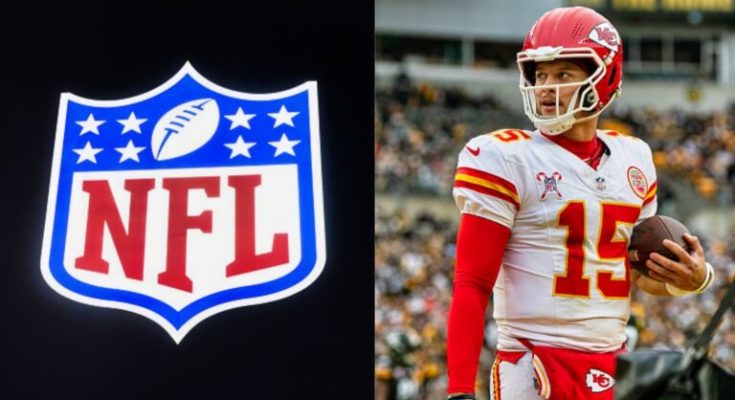Ever wonder what makes one NFL quarterback better than another? Sure, you’ve got traditional stats like touchdowns, yards, and passer ratings, but do those really tell the full story? That’s where QBR, or Total Quarterback Rating, comes into play. ESPN rolled it out in 2011 to settle the debate and give fans a deeper, smarter way to measure a quarterback’s impact.
Let’s break it all down and see why QBR has become one of the most talked-about (and sometimes controversial) stats in football.
The Origins Of QBR
Total QBR was developed by the ESPN Stats & Information Group with insights from analysts like Trent Dilfer, Jon Gruden, and Ron Jaworski. Using data from 60,000 NFL plays spanning 2008 to 2010, ESPN crafted QBR to capture every detail of quarterback performance. It debuted in 2011 and underwent modifications in 2012 and 2013.
The formula isn’t public, which has drawn criticism, but ESPN assures fans it’s designed to account for everything a quarterback does to influence the game.
How Does QBR Work?
QBR evaluates quarterbacks play-by-play, incorporating passing, rushing, turnovers, and penalties. It calculates “expected points added” (EPA) for each play, measuring how much a quarterback’s actions increase (or decrease) their team’s chances of scoring.
What Is EPA?
EPA stands for Expected Points Added. It’s the backbone of QBR and measures how a play impacts a team’s scoring opportunity. For example:
- Starting Situation: A team begins 1st-and-10 at its own 20-yard line, with an expected score of 0.9 points.
- Outcome: A pass gains 8 yards, leaving the team at its 28-yard line on 2nd-and-2, increasing the expected score to 1.4 points.
- EPA: The difference (1.4 – 0.9) equals 0.5 points added by the quarterback on that play.
Losing yardage or committing turnovers results in negative EPA.
What Makes QBR Different from NFL Passer Rating?
The NFL’s traditional passer rating relies solely on passing stats, like completion percentage, yards per attempt, touchdowns, and interceptions. It ignores critical factors like running plays, situational context, and defensive pressure.
QBR fills these gaps by considering:
- Throwing Distance: Longer, more challenging throws receive greater credit.
- Sacks and Fumbles: Negative plays hurt a quarterback’s QBR.
- Rushing: Designed runs and scrambles are factored in.
- Contextual Adjustments: Situational difficulty matters. Playing against tough defenses or thriving in clutch moments earns quarterbacks more credit.
Scaling And Situational Adjustments
QBR uses a 0-to-100 scale, where 50 represents an average performance. It adjusts for:
- Garbage Time: Plays in blowouts don’t count as much since they have little impact on the game.
- Defense Quality: Performing well against a strong defense increases a quarterback’s score.
Examples Of QBR In Action
Imagine a quarterback throws a 40-yard deep pass versus a 10-yard short pass. QBR rewards the deep throw more, as it contributes significantly to field position and scoring potential. Similarly, QBR credits quarterbacks who perform under defensive pressure or execute quick, accurate passes in tight windows.
Why Does QBR Matter?
It provides a comprehensive view of quarterback efficiency. While the NFL passer rating remains the official measurement, it’s simpler and limited. QBR’s ability to include rushing plays, account for pressure, and adjust for context makes it a more nuanced evaluation tool.
Criticism And Secrecy
One drawback of QBR is its opacity. ESPN has kept the formula and methodology under wraps, leading to skepticism from fans and analysts. However, its goal of providing a better benchmark for quarterback performance makes it a valuable addition to football analytics.
QBR isn’t just another stat- it’s a window into a quarterback’s complete impact on their team. By considering passing, rushing, turnovers, and situational factors, QBR captures the game’s complexity. While the debate over its transparency continues, it undeniably shifts the focus toward a more holistic evaluation of quarterbacks. So, the next time someone mentions QBR, you’ll know it’s more than just a number—it’s a game-changer.



